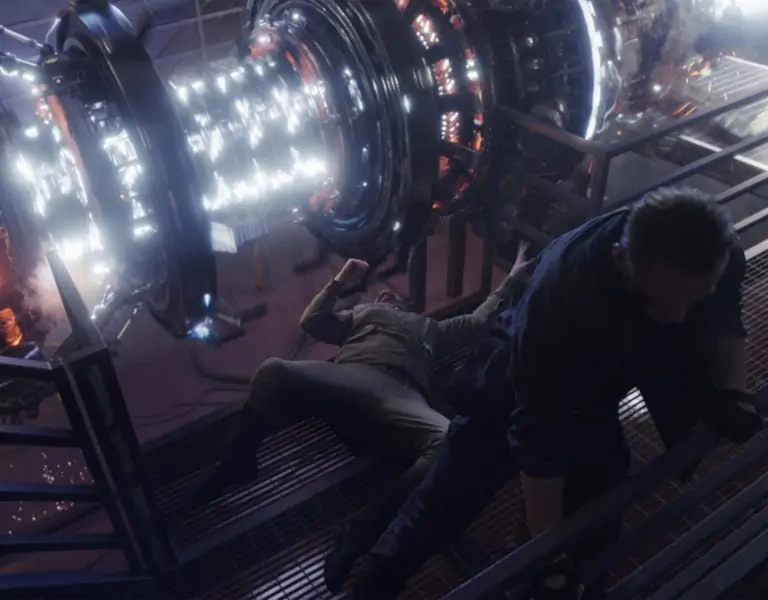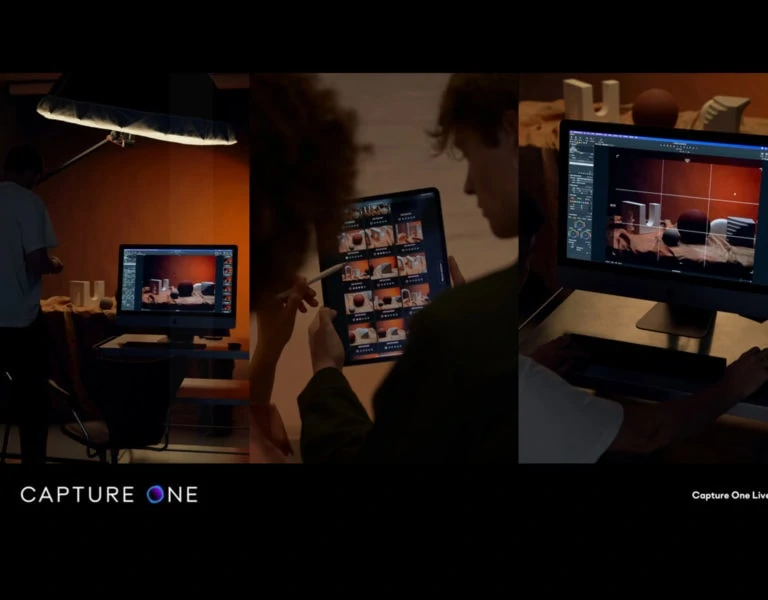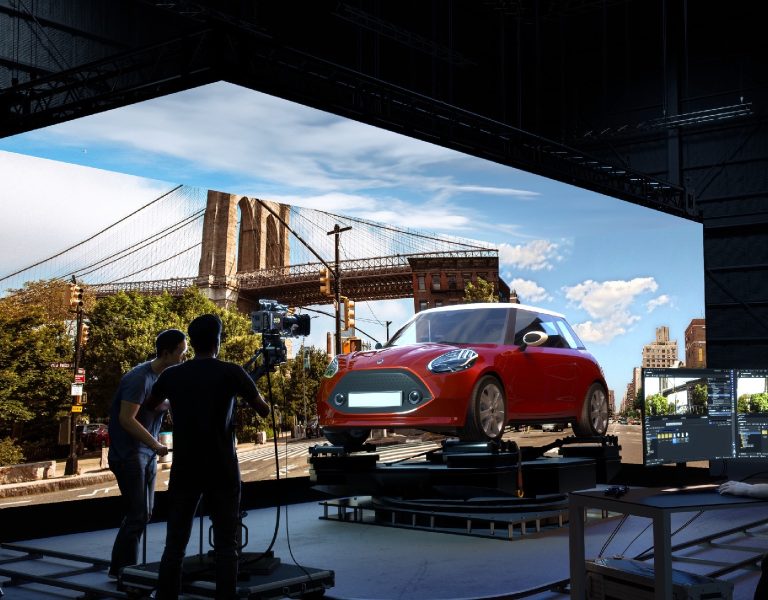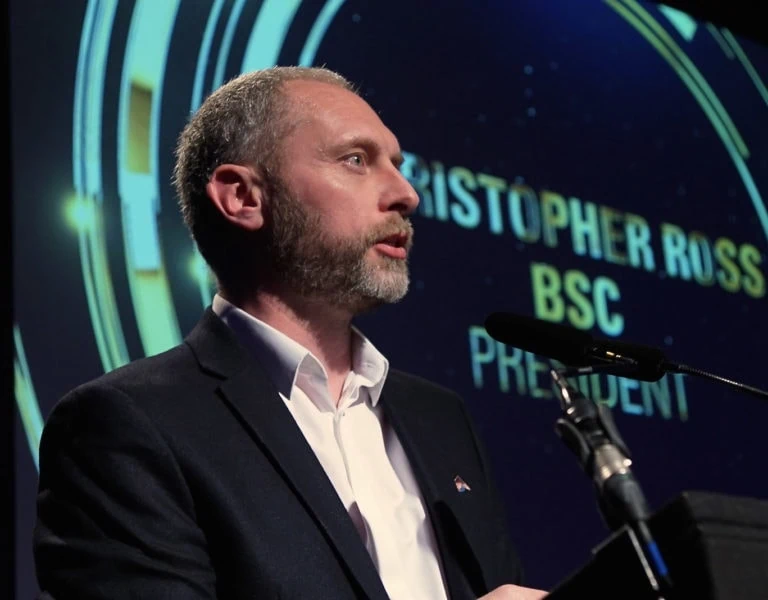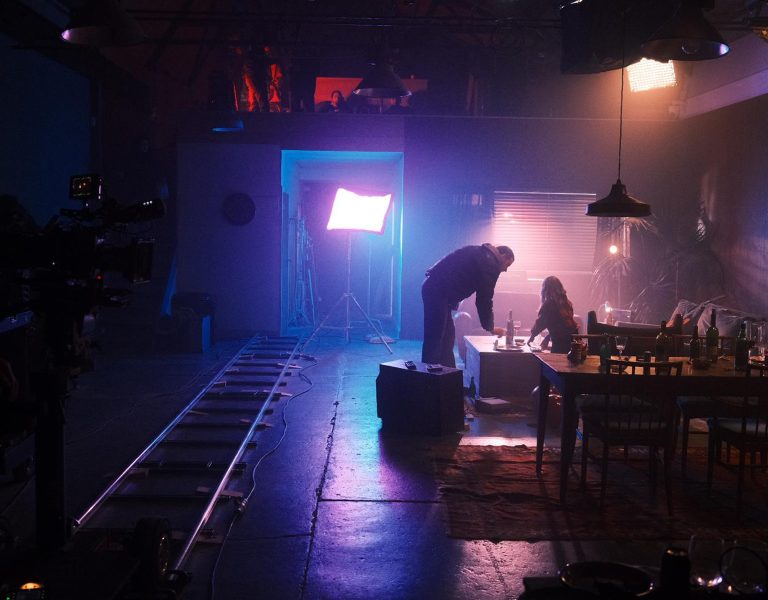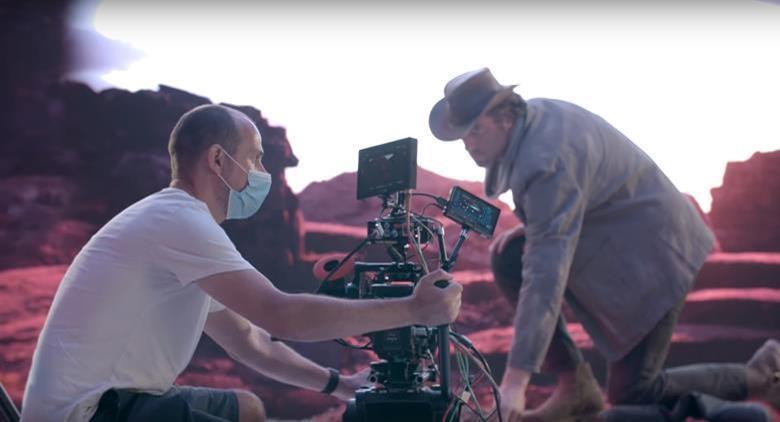
Motion capture company for the VFX industry, has announced the launch of its latest vision paper which uncovers some of the key trends in motion capture technology that are set to redefine the VFX industry within the next five years.
The new report, titled ‘A richer spectacle’, includes in-depth insight from Vicon’s own experts, as well as VFX industry professionals from the likes of award-winning visual effects companies, Framestore and DNEG. The report outlines how the VFX sector can extract the full value from motion capture technology to realise the creative vision of directors and games designers and deliver a new wave of innovation to the entertainment industry.
Some of the key trends that will play a role in pushing the boundaries of motion capture for VFX now and into the future include:
Maximising the potential of virtual production
As more productions take advantage of virtual production techniques over the next few years, pre- and post-production will be brought closer together. This will open up a host of opportunities for more studios to take on more ambitious projects — with more actors and props, more integration with LED walls and more sophisticated real-time motion tracking.
Even more significantly, as systems continue to improve and more efficiencies are recognised, it will open up opportunities for a host of other creative agencies outside of film and gaming to capitalise on studio production techniques.
Increasing access to motion capture
While virtual production is set to become the most visible value of motion capture for the VFX space — it is worth noting that it also comes off the back of the other key long-term trend for motion capture: the increasing availability of the technology to a wider variety of groups and organisations.
This trend has significantly accelerated over the last few years — to the extent that we are seeing more and more smaller studios invest in motion capture systems.
But in order to push the ease of use benefit to its full potential, the next leap forward for motion capture is the creation of truly ‘flip the switch’ systems. Made possible through optical and inertial trackers, artificial intelligence (AI) and machine learning (ML), these are systems that can be turned on and work instantly, without the need for calibration of motion capture markers.
Although there is still a long way to go before we achieve fully markerless motion capture, in the next few years we are likely to see these sorts of ‘hybrid’ systems bridge the gap from today’s motion capture systems to full markerless operation.
The new vision paper also looks at how motion capture technology will play a significant role in educating the next generation of talent within the VFX sector, as well as a potential new wealth of entertainment experiences for audiences.
Imogen Moorhouse, CEO at Vicon, commented: “It is fair to say that motion capture is only going to become more central to the VFX industry in the next few years. This importance is founded on not just the ability to enhance the sector as we know it today, but also because it has the potential to significantly expand our conception of what the industry ‘is’.
“As a company that has been involved in the VFX sector right from its earliest days, we want to ensure we can continue to lead the way in expanding the capabilities of motion capture systems to provide creatives with the solution they need to realise their vision and create even more compelling experiences for audiences. With this in mind, our latest vision paper has been created to highlight some of the key trends that will create a blueprint for the industry to follow in order to reach this goal and push the boundaries of what’s possible with VFX.”
The new vision paper can be found here.

